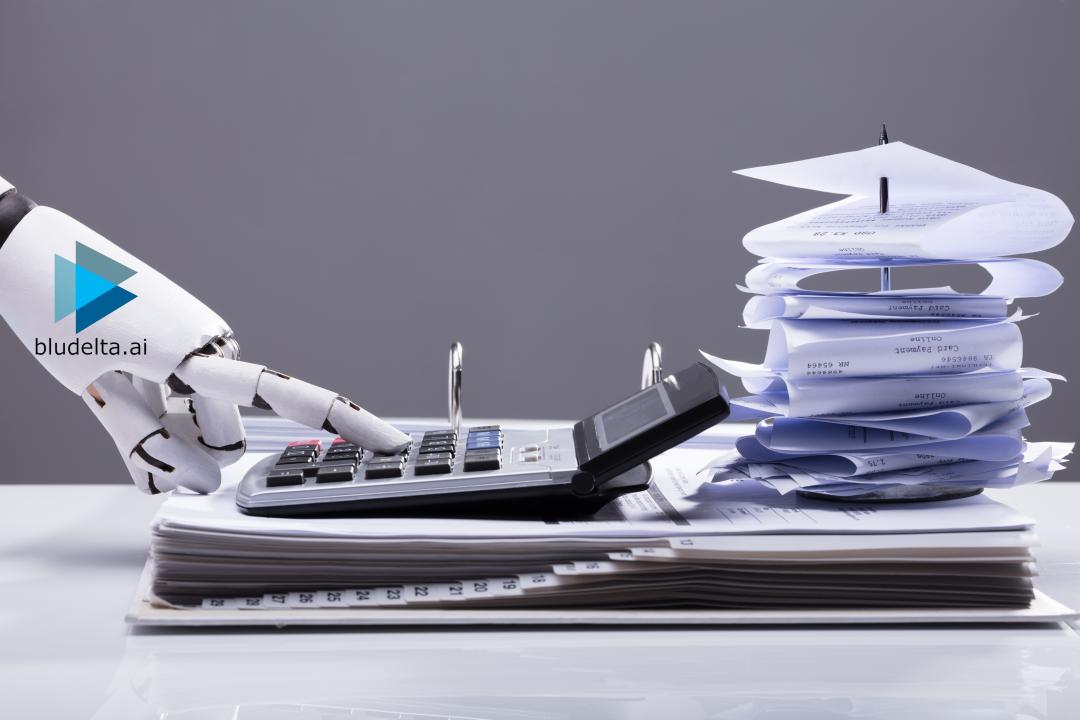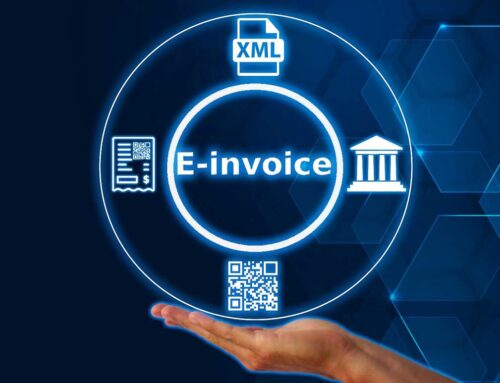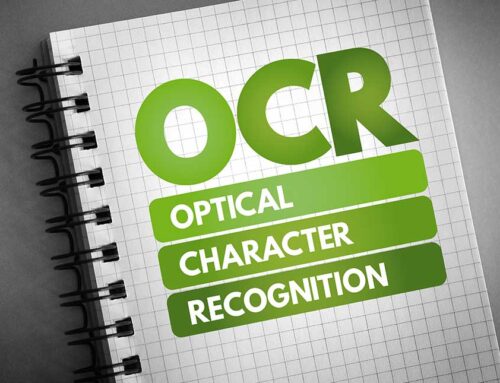4. June 2021
„In an ‚AI First‘ world we are rethinking all our products and applying Machine Learning and AI to solve user problems.“ – Sundar Pichai, CEO Google
Let’s face it – the field of automated invoice capturing is teeming with solutions. For many years, countless companies (e.g. Kofax, Canon, ABBY & Co.) have been trying to make the world of automated invoices a reality for large companies. And does it work? Well, it depends!

If they only have a limited number of suppliers, good master data and well-maintained order data, then their chances of succeeding with a traditional system increase. Many of these systems are built on rule-based algorithms at their core and artificial intelligence is usually only found on marketing websites and in glossy brochures. In practice, this means that you still have to know new invoice layouts in advance and configure them more or less “intelligently” or “able to learn” so that they can be captured automatically afterwards.
However – reality often looks different. High invoice diversity, inconsistent order data, poorly maintained master data often cloud the results of such systems and cause the manual maintenance effort to skyrocket. What remains are often disappointed customers who, after initially high investment costs, have to put up with poor systems.
But what does artificial intelligence bring to automated invoice and receipt capturing?
Around 2015, Google adopted artificial intelligence as a major component of their technology strategy and has since fundamentally reengineered countless of their products with AI and ML. Today, Artificial Intelligence can be found in virtually every Google product.
From fitness trackers, learning keyboards, search engines, mobile phone facial recognition to self-driving cars, everything is based on systems that have been redesigned from the ground up with artificial intelligence.
Artificial intelligence learns “invoice patterns”
AI learns similarly to a human – it recognises and learns patterns from examples. And like humans, AI can apply these trained patterns to new situations. In the area of invoice capturing, this means that the system can immediately evaluate similar invoices after training. In combination with a cloud API, customers can thus test immediately and without financial effort and attain the certainty that the system works for their own invoices.
High quality without effort
Every time we train with new receipt layouts, the system improves. For example, bludelta.ai is trained with countless receipts from all our customers. Each client benefits from the other client’s invoice layouts and the system improves regularly. Although bludelta.ai has at least 10 years less development time under its belt than traditional systems, the recognition rates are already above the level of conventional systems – and these are immediately available to each new bludelta.ai customer (e.g. bludelta.ai usually recognises gross totals at a rate > 90%)! While traditional systems have been stagnating in their development for years, the potential in the AI field has only been rudimentarily tapped and we will still see great leaps in development here.
One versus thousand
As mentioned earlier: Systems that were not designed with AI from the beginning work very well if the variety of invoice formats is low. Just think of the following extreme case: One supplier sends 1000 receipts versus 1000 suppliers send you one receipt each. For companies with a small number of suppliers, established approaches undoubtedly work well. AI systems learn patterns from a wide variety of layouts during training. They then immediately apply these patterns to new invoice layouts and interpret them. Just as a human recognises that a gross total is often bold or underlined, in the lower right-hand corner and with a euro sign on the invoice, so too does AI learn this. Therefore, machine learning systems can handle high diversity much better!
No maintained master data and/or no order data?
Established systems usually rely on master and order data in the ERP system. This means, for example, that only the IBAN is read out and then “linked” to the customer master data. The same applies to order data or data regarding delivery and delivery notes. Once the link is created, they read as much information as possible from the company’s ERP systems (order and supplier data). However, what if you do not have access to this data – or this data is unsuitable – for example for web portals, tax consultants, cooperatives etc.? In this case, you have to trust the data read from the invoice – in other words, the quality of the data read plays an important role for reasonable automation.
BLU DELTA is a product for the automated capture of financial documents. Partners, but also finance departments, accounts payable accountants and tax advisors of our customers can use BLU DELTA to immediately relieve their employees of the time-consuming and mostly manual capture of documents by using BLU DELTA AI and Cloud.
BLU DELTA is an artificial intelligence from Blumatix Intelligence GmbH.

Author: Christian Weiler is the former General Manager of a global IT company based in Seattle/US. Since 2016, Christian Weiler has been increasingly active in the field of artificial intelligence in a variety of roles and has been part of the management team of Blumatix Intelligence GmbH since 2018.
Contact: c.weiler@blumatix.com





